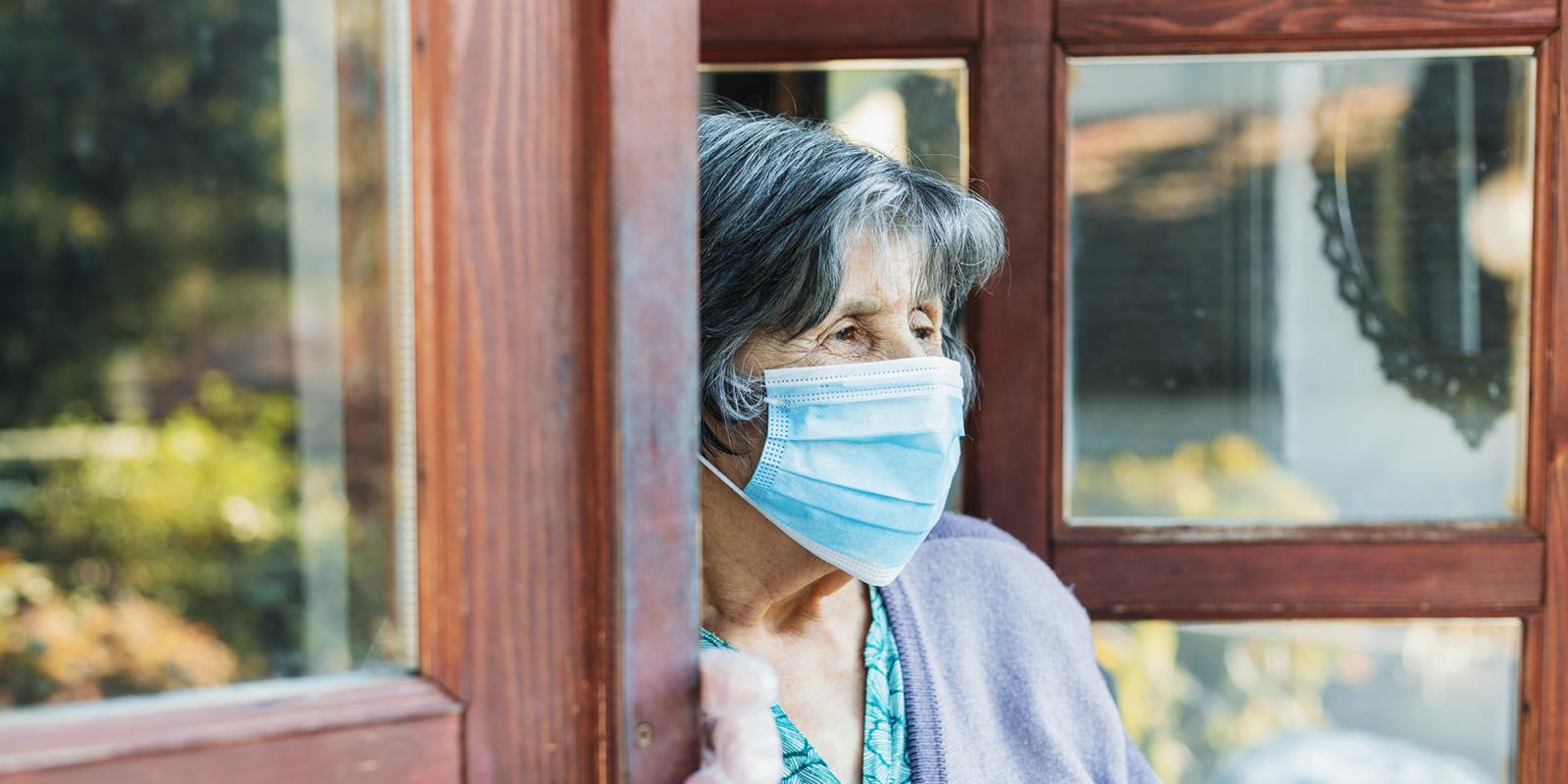As the United States passes the grim and staggering milestone of 500,000 deaths from COVID-19, there is increasing hope that vaccines may soon help us reduce this deadly threat and put us on a path to some level of normalcy. But that path to vaccination (at least for now) is filled with barriers beyond vaccine shortages, which may prevent those most in need from getting one.
Many older adults, particularly those who are homebound, live alone, live in rural or poor communities and lack transportation, computer savvy or social and family connections, are learning the hard way that vaccine eligibility does not necessarily mean vaccine access. This is an especially perilous situation as older adults are far more likely to become seriously ill or die from COVID-19 than any other age group. According to the U.S. Centers for Disease Control and Prevention (CDC), 8 out of 10 COVID-19 deaths have been in adults ages 65 and older.
This is why older adults are rightly near the front of the long line for vaccinations and have accounted for about 29 percent of the nearly 13 million people who were administered an initial dose of the vaccine in the first month they became available. But clearly much more needs to be done to help more older adults safely navigate the road to vaccination—literally and figuratively.
According to a recent analysis by the University of Pittsburgh School of Pharmacy and the West Health Policy Center, 1 in 10 counties in the United States has a large older adult population that lives more than 10 miles from the closest vaccination site. Even 1 mile can seem a world away for many older adults. Other older adults have difficulties accessing information or landing appointments via the Internet. Nearly 30 percent do not use the Internet, and more than 40 percent did not, in 2019, have broadband access at home, according to a report from the Pew Research Center.
We at West Health thought long and hard about how we could overcome these and other barriers in our vaccination efforts. In February, the Gary and Mary West Foundation and West PACE (Program of All-Inclusive Care for the Elderly) partnered with San Diego County and the city of San Marcos (location of our facility) to open a first-of-its-kind elders-only vaccination site with an onsite supervising physician who specializes in geriatric care. Initially we are focusing on older adults who are experiencing challenges navigating online appointment systems, do not have access to transportation or who do not have the support of a family member or caregiver.
This is the kind of collaboration needed across the country to ensure that everyone who wants a vaccine can get one.
Appointments are made by calling 211 San Diego, a local nonprofit organization dedicated to eliminating access barriers, including lack of: computer skills, a digital device or email address, high-speed Internet at home or transportation. 211 San Diego connects individuals and families to health, community and disaster services 24 hours a day, 365 days a year and is dedicated to providing easy and equitable access to information in more than 200 languages. When older adults connect with 211 San Diego, they can talk to a live person who will assist them in scheduling an appointment, and will find available transportation assistance including round-trip transportation for “curb to clinic” services.
Additionally, once the older adult arrives at the vaccination location, we designed a streamlined, age-friendly environment and process that eliminates long lines and unnecessary standing. At our site, we are laser focused on breaking down the barriers that hindered vaccine access for older adults. We have made accommodations to ensure elders can visit the facility with their caregivers, and for anyone who needs extra assistance we have care navigators available to help an individual throughout his or her visit. We have already administered hundreds of doses and have plans to vaccinate up to 500 older adults per day.
Our vaccination initiative is the product of a coordinated effort by various municipal, academic, business, healthcare, social service and philanthropy organizations. This is the kind of collaboration, creativity and planning that is needed across the country to ensure that everyone who wants a vaccine can get one, despite their age, ZIP Code, ability to use a computer or to drive.
The energy at the site is palpable. Even through masked faces, you can witness guests grinning from ear to ear and high fiving after they receive their vaccination. For many, receiving their shot is a glimmer of hope after a very dark and isolating year. Some guests have shared that they cannot wait to hug their grandchildren again and others say this is the first time they have left their homes in nearly a year.
Our older adult population is not monolithic, and neither should be our vaccination strategies. Many areas may benefit from mobile vaccination clinics, home visits and live operator appointment systems, among other conveniences. State and local public health officials must tailor vaccine distribution and administration plans to specific populations, so no older adult is left behind.
Tim Lash is chief strategy officer and executive vice president at West Health, president of the West Health Policy Center and CEO and president of the Gary and Mary West PACE, as well as board director of the Gary and Mary West Foundation, in San Diego, CA.













